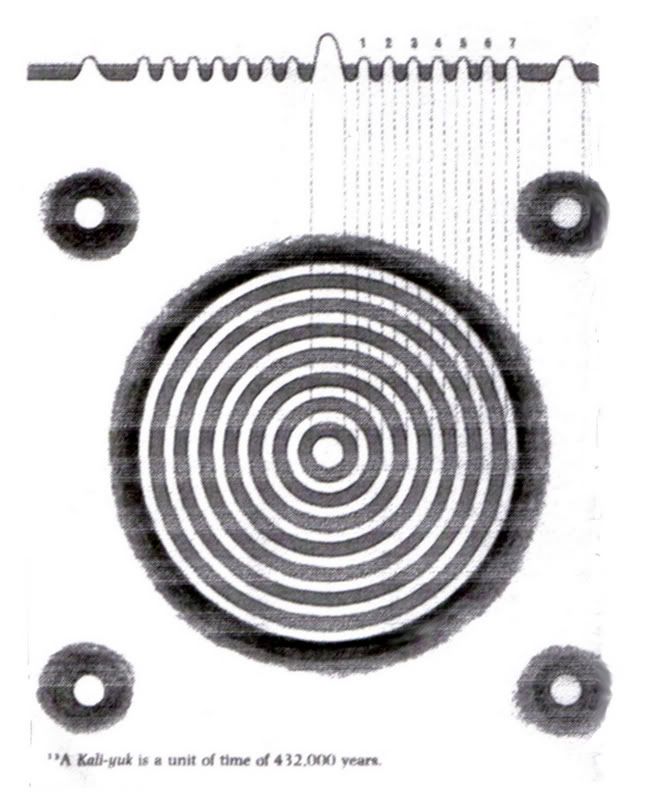As I've mentioned before in one of my first lessons, Geography is the study of places. For physical geography, you're studying how physical elements change places. Example, how rivers create landforms, how sea water create landforms, why and how climate cause the vegetation in different areas to be different.
As for human geography, you're learning what cause humans to change a place. For example, a cultural geographer would attempt to understand how the culture of one person changes the place, and how a place can affect the culture of a person. A tourism geographer would attempt to understand how tourism cause people to change a place, and how a place can affect tourism. Hence, do understand how culture affects places, one must first understand the culture first, which is the job of anthropologist. For a tourism geographer to understand how tourism change places and vice-versa, he must first understand tourism well first, which is what tourism studies do.
Development geography and development studies are 2 different fields. Development studies are only concerned with how to make development better. They are people who try to find ways to improve education level, improve health, sanitation etc.
However, a development geographer sees development in a different way. Firstly, a development geographers study how development affect places and its distribution. Next, development geographers study how places affect development. Hence, to a geographer, the reason why a place has low level of development is not just because of low education level, poor sanitation etc. But rather, it is a result of its relationship with another place. For example, a periphery is less developed than the core because of its relationship. A colony is less developed than its colonial master because of their relationship between the 2 places. BUT a development geographer must first understand development first, before he or she can understand how it change places, and vice-versa. That is why you had to study how development is measured at the beginning.
As for food geographers, we do not see food as a innocent thing. Food is not just something that is consumed for nutrition purposes. Rather, food has the power to change and affect places, and conversely, places can change how food is produced, distributed and consumed.
For example, you've learn why food consumption and preferences have changed due to changes in food production, and how the distribution of this pattern have changed. You have also learnt how one place can change the food produced in another place. For example, why is Singapore importing seafood from an African country? Why is that country producing seafood in the first place? How does them producing seafood for Singapore change their landscape?
However, to be able to understand how food change places and vice-versa, you have to first understand what food is all about. Hence, you learnt concepts that seem to be from Food and Nutrition, such as staples, calories, etc.
Subscribe to:
Post Comments (Atom)



No comments:
Post a Comment